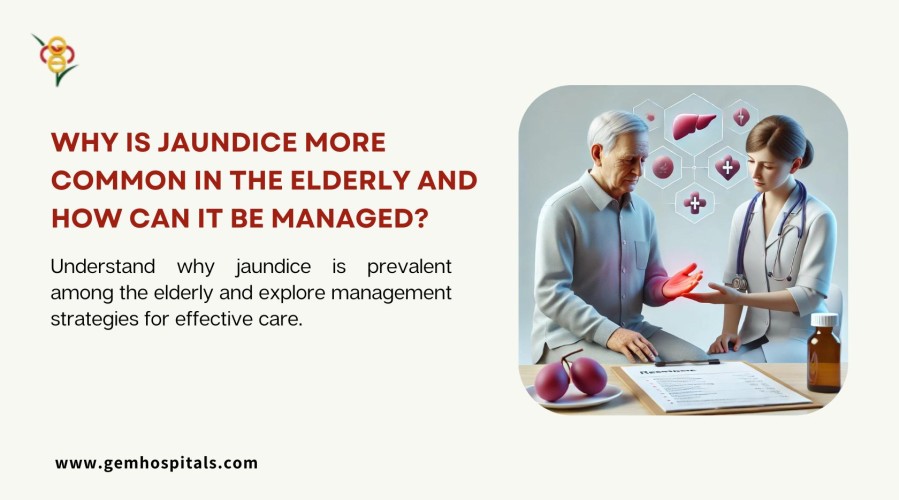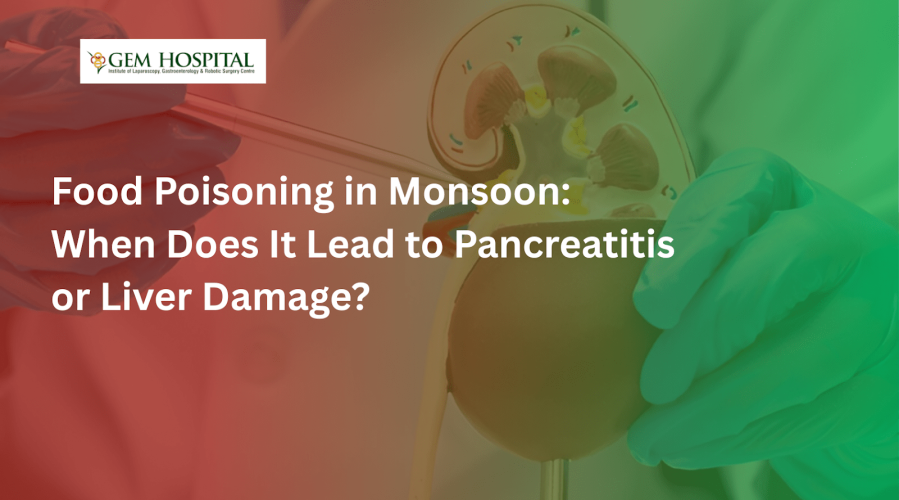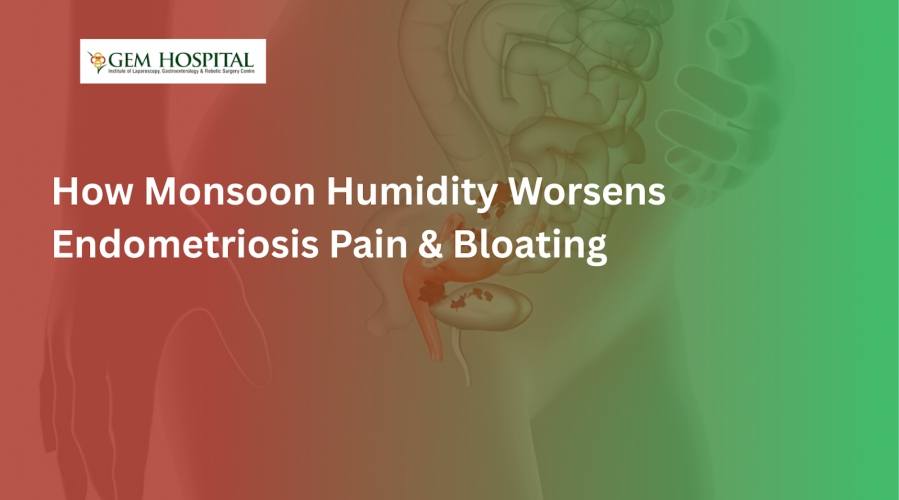Food poisoning is common during the monsoon. Learn when it becomes serious, how it can lead to pancreatitis or liver damage, warning signs, and when to seek medical care.
Why Is Jaundice More Common in the Elderly and How Can It Be Managed?

In common jaundice is a condition where skin and eyes get yellow due to higher levels of bilirubin in the blood. Jaundice can affect any age people but aged people are at higher risk of getting jaundice. There are several reasons behind it, it may include age-related body changes in the functioning of the liver, the presence of any kind of chronic diseases, and medication usage for a longer period. The content below is going to explore the reason behind the higher risk of jaundice in adult people and also gives the strategies to manage it.
Why is jaundice more common in the elderly?
Here are the most common reasons for elderly jaundice,
- The first reason is generally as people age the body function used to face declines similar to that the function of the liver naturally declines. It may be due to a reduction in the size of the liver, blood flow, and count of functioning liver cells. When the size of the count of cells reduces the elimination of bilirubin is also going to get reduced leading to the accumulation of bilirubin content in the blood and initiating the jaundice.
- In common elderly people suffer from a variety of health conditions it also including cirrhosis, hepatitis, and hepatocancer in that case the function of the liver will be affected. Additionally, diseases like heart failure and diabetes also influence liver health, also increase the chance of getting jaundice.
- Due to various health conditions taking a variety of pills or medications is commonly seen in elderly people this condition is known as polypharmacy. Some of those medications can damage the liver or interfere with the bilirubin metabolism which may result in the onset of jaundice. The most common medications that take part in jaundice development are antibiotics, statins, and nonsteroidal drugs.
- Additionally, conditions like gallstones and bile duct obstructions become the common reason for the onset of jaundice in an individual. This condition prevents the continued flow of bile juice from the liver to the intestine as a result bilirubin level will increase.
- Elderly individuals are also at higher risk of dehydration and malnutrition which may increase liver dysfunction and also jaundice. Through proper hydration and taking nutrient-rich foods, it is possible to manage jaundice.
Managing jaundice in the elderly
The best way to manage the jaundice is through addressing the underlying reasons and monitoring the function of the liver properly which could help you in early diagnosis that makes the recovery easy. Some of the strategies to manage the health,
- A timely medical examination is important as people are aging the proper diagnosis can help the identification of the root cause of the elderly patients. The possible tests involved are blood tests, imaging studies, and liver biopsy if it is essential. By treating the underlying reason for liver disease it is easy to avoid getting jaundice connected with various health conditions.
- Reviewing the medications that you are taking is vital, due to the various health conditions it is common the adults to take drugs but the dosage will be varied based on the current condition that helps sin preventing liver dysfunction.
- Alcohol always makes the condition worse, it has a higher potential of damaging the liver. Not only in aged people higher alcohol consumption increases the rate of liver damage and may bring up the jaundice.
Even though jaundice is the more common thing in elderly people, knowing the root cause and knowing how to manage them going to help you in preventing the condition. It is good to address the issue before it arises, as aging general medical tests are vital and could help you keep you out of various conditions like jaundice. Jaundice not only affects the liver it also affects the quality of life you lead.
For effective jaundice treatment, trust GEM Hospital’s experienced specialists. Receive personalized care and advanced solutions. Schedule your consultation now for comprehensive health management.
Blogs & Article
UTI cases often rise during the rainy season. Learn why urology patients need extra precautions, common causes, symptoms, and prevention tips to stay healthy during monsoon.
Monsoon humidity can worsen endometriosis pain and bloating. Learn how weather changes affect symptoms and discover practical tips to manage discomfort during the rainy season.


